Over the ages, people have been playing games of chance. From simple things such as flipping a coin to drawing cards from a deck, there have been a lot of different games involving chance. Until some point in time, most of the people playing the games thought that the results of the game all depended on luck and thus were brought to a bitter demise. Now, most educated people know that a game of cards is a simple probability question that can be mapped out by statistics.
Though each game has their own rules, the most commonly known yet the most difficult game of chance to use as an example would be a game of playing cards involving 52 cards. Varying in sets of four suits of spade, diamond, heart and clubs with each suit having 13 cards with different numbers and letters, the playing card is one of the most complicated game of chance known widely to the public.
The game of cards is usually calculated with the idea that each player gets a five-card hand to start the game. There are some significant combinations of cards that are most commonly used and have ranks accordingly depending on their probability to show up in a five-card hand where the hand with the highest probability is ranked the lowest and vice versa. There are a total of 311,875,200 ways of being dealt five cards from a 52 card deck, and 2,598,960 possible distinct hands.
The lowest rank is called a high single card. It has 1,302,540 possible outcomes that do not contain any pairs and are neither straights nor flushes out of 2,598,960 possible hands, thus giving it the highest probability of 50.12%. Though it is possible to win with this hand, it is pretty difficult to do so. The next in line is the pair, where the player matches two cards with the same number or letter is called the pair. Since most winning hands are to be made with a combination of five, up to two pairs are allowed. There are 1,098,240 possible one pair hands and 123,552 possible ways for two pair hands not involving full house, leaving its probability to 42.26% and 4.75% respectively. A huge jump in numbers can be seen from just a one pair to a two pair.
Next is the three of a kind where the player can match three cards with the same letters or numbers. There are 54,912 possible three of a kind hands that do not involving in being full house, leaving its probability of being dealt to a 2.1%. The straight comes next in ranking where a player can line up five cards in numerical order with different shapes. it only has 10,200 possibilities including the straight flushes which gives it a low percentage of 0.39%. The flush where the player can make a combination of cards with any number or letter with the same shape has 5,148 possible hands, of which 40 are straight flushes, giving it a 0.20% chance of getting this hand.
The Full house, where a triple and a pair is in one hand has 3,744 possibilities and a four of a kind has 624 possible hands, giving each of them a 0.14% and a 0.024% respectively. Lastly, the highest hand, the straight flush has 40 possible hands, giving the players a 0.0015% of drawing a straight flush for a five-card hand.
Though each hand抯 probability varies, remember, it is only 1 out of 2,598,960 chances given to you, so make sure you make good use of it and good luck.



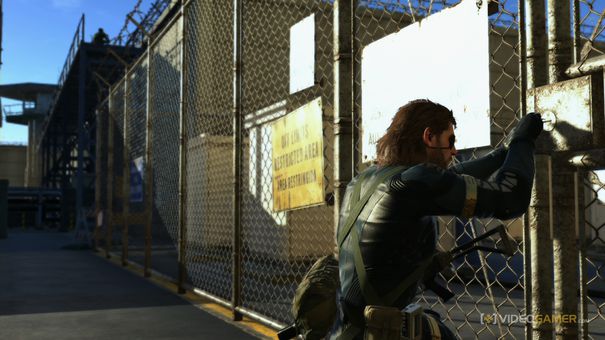


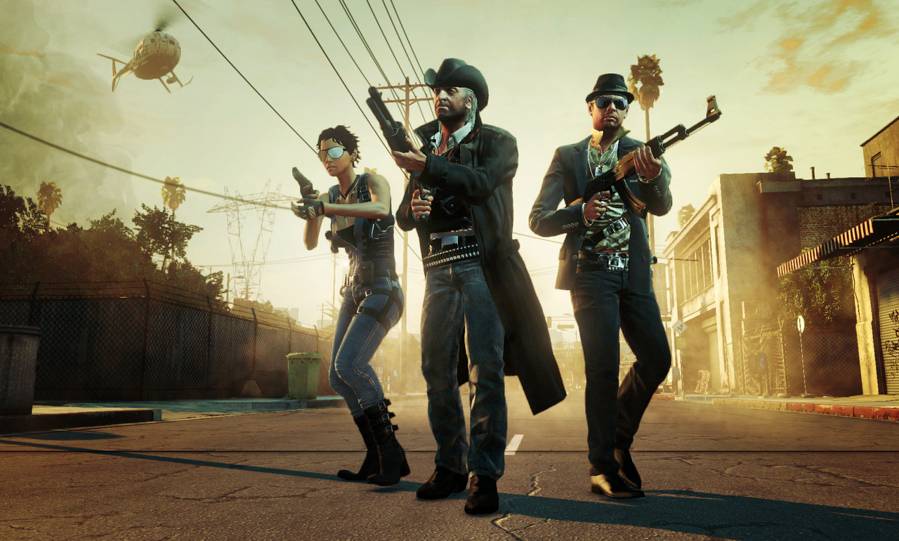 Call Of Juarez The Cartel Special Item Location Chapter 3
Call Of Juarez The Cartel Special Item Location Chapter 3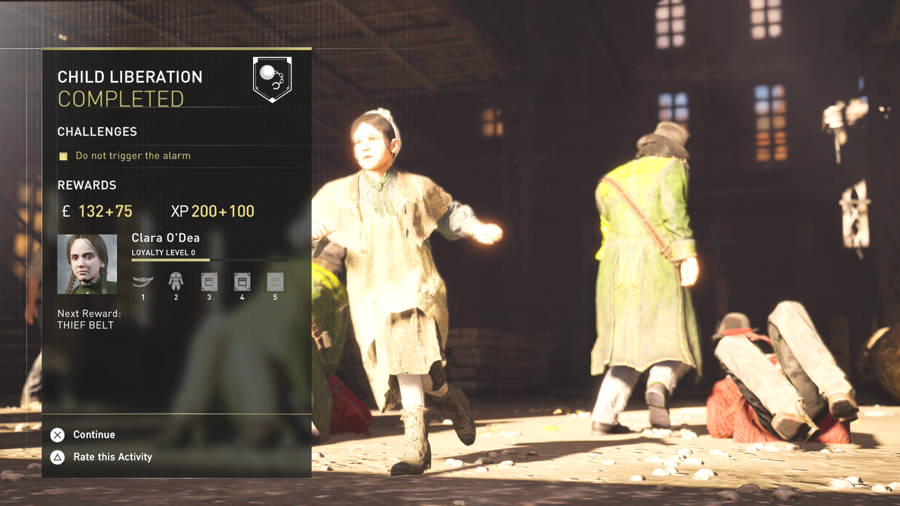 Assassin's Creed Syndicate Associate Loyalty Guide - Clara O'Dea
Assassin's Creed Syndicate Associate Loyalty Guide - Clara O'Dea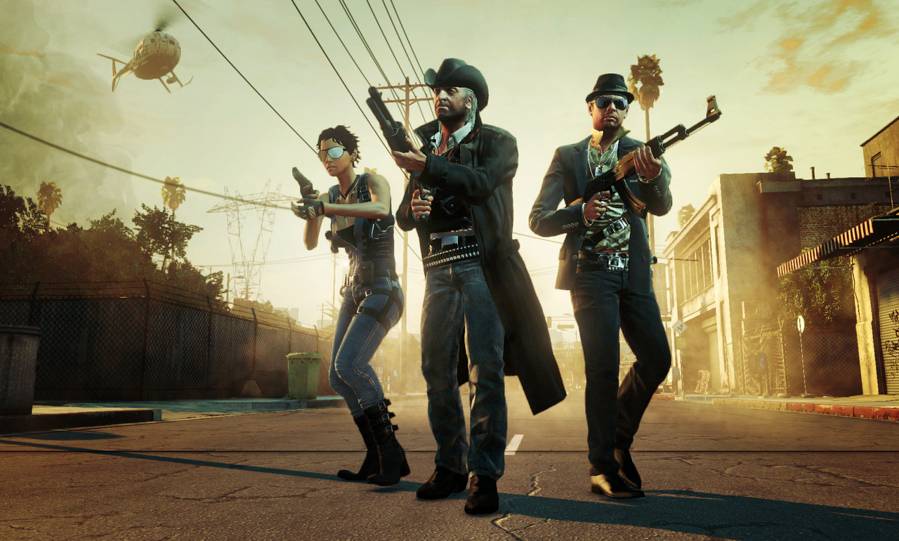 Call Of Juarez The Cartel Special Item Location Chapter 14
Call Of Juarez The Cartel Special Item Location Chapter 14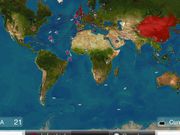 . Plays November 18
. Plays November 18 DreamHack Cluj-Napoca Team Pick'Em Challenge Predictions - Day 1
DreamHack Cluj-Napoca Team Pick'Em Challenge Predictions - Day 1